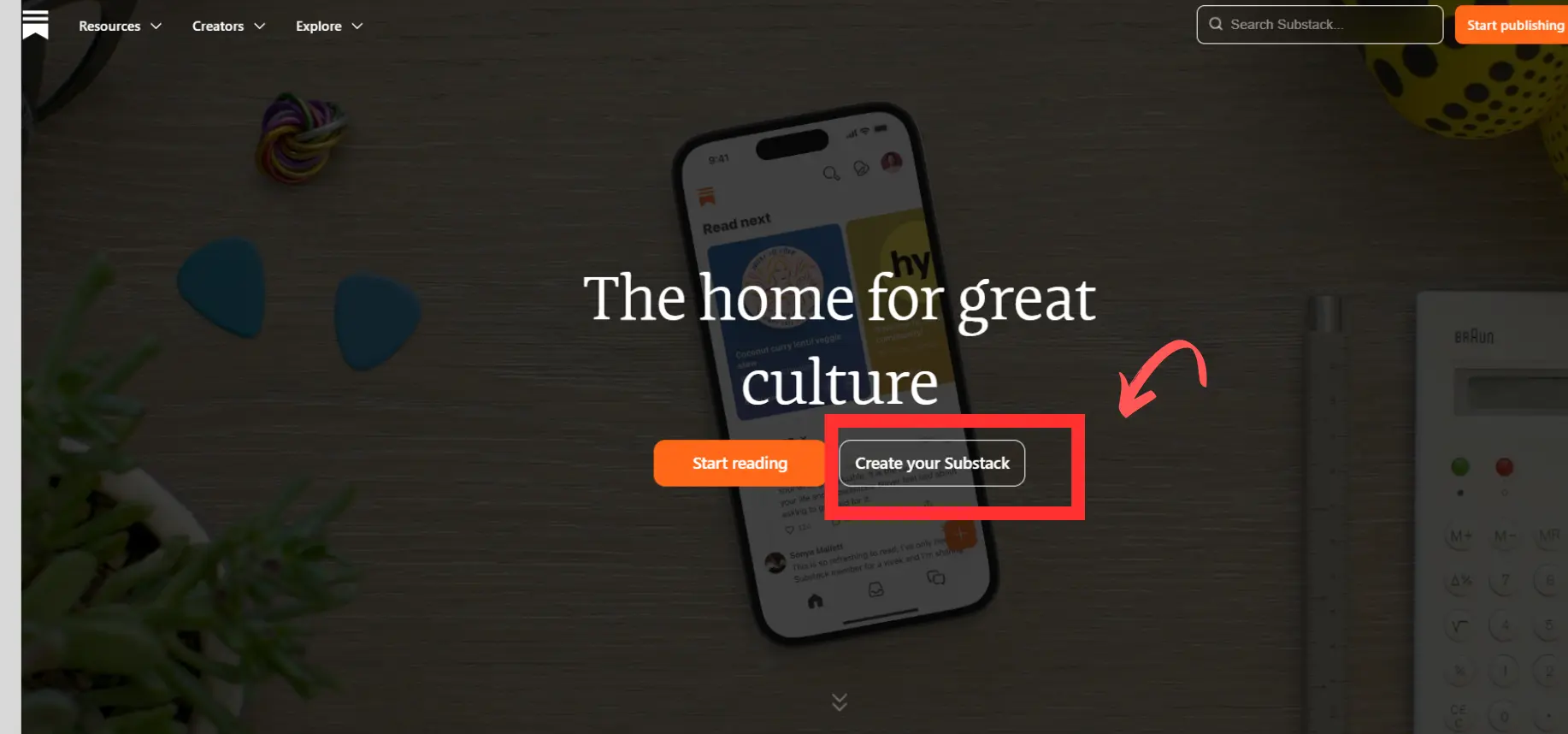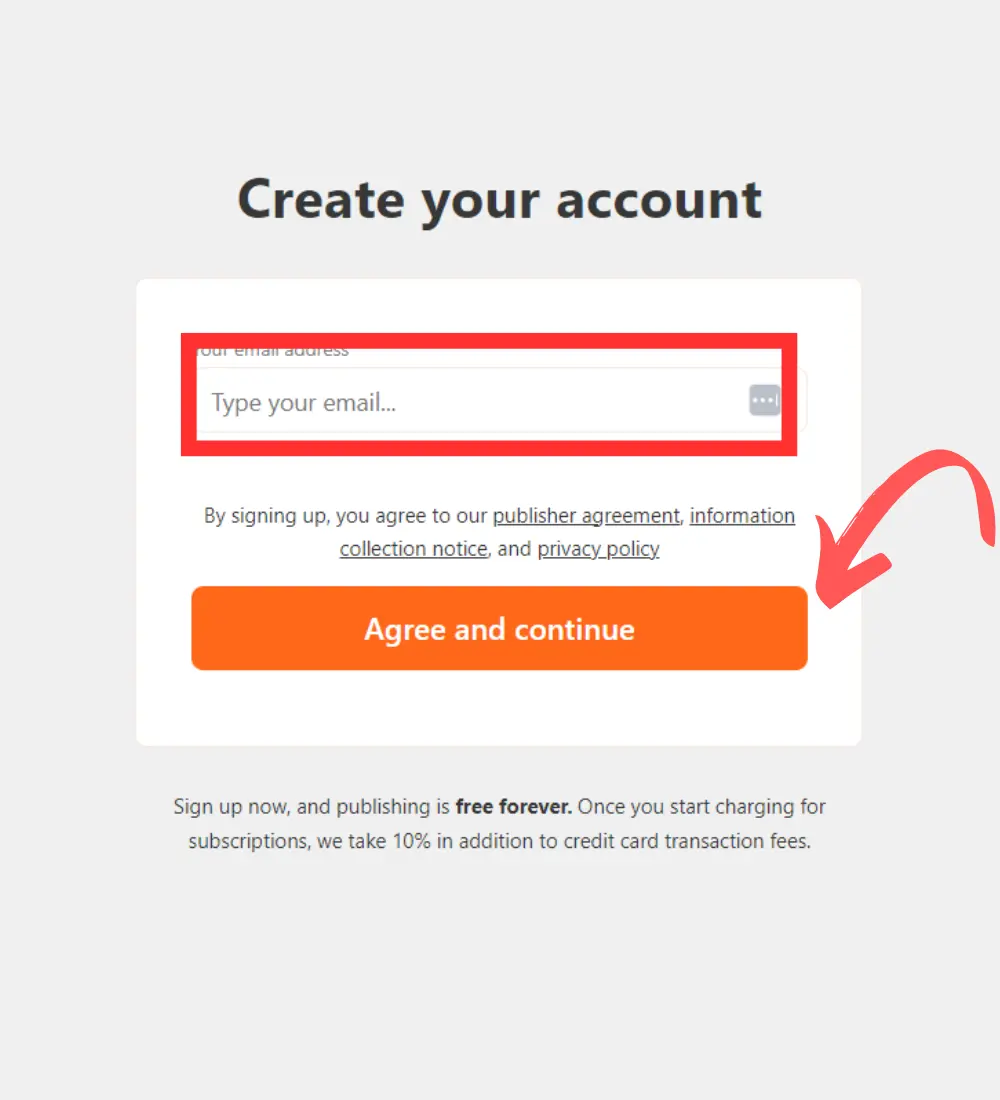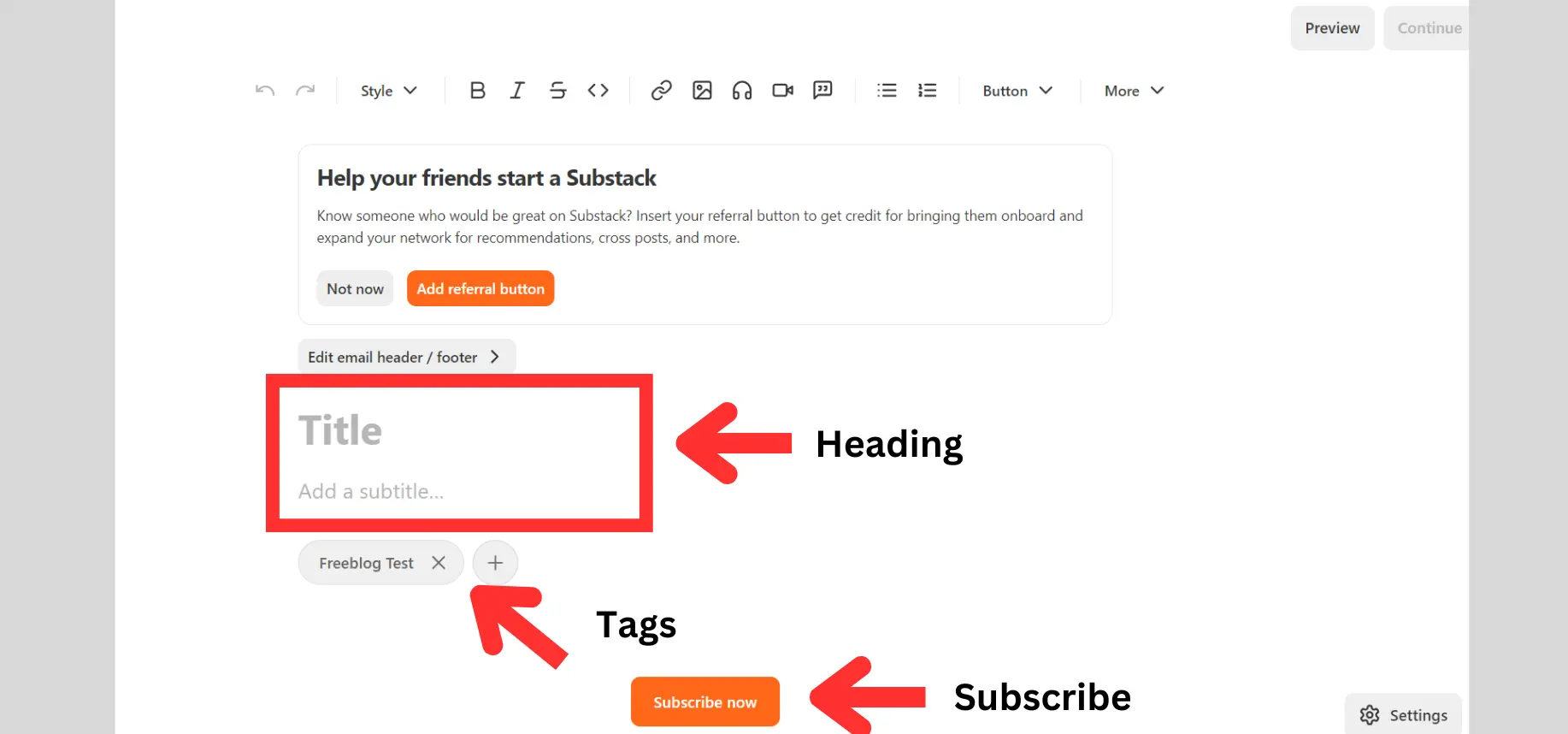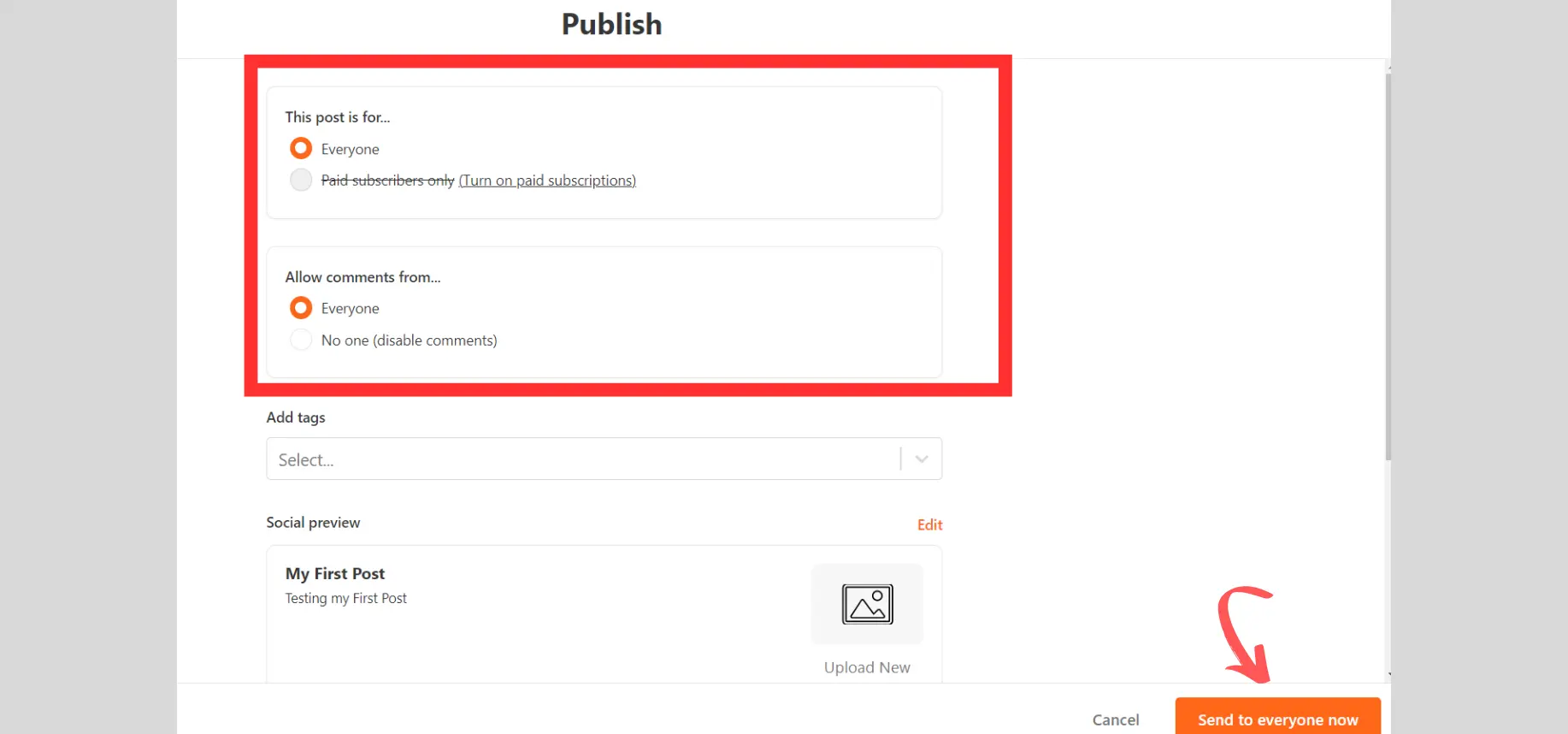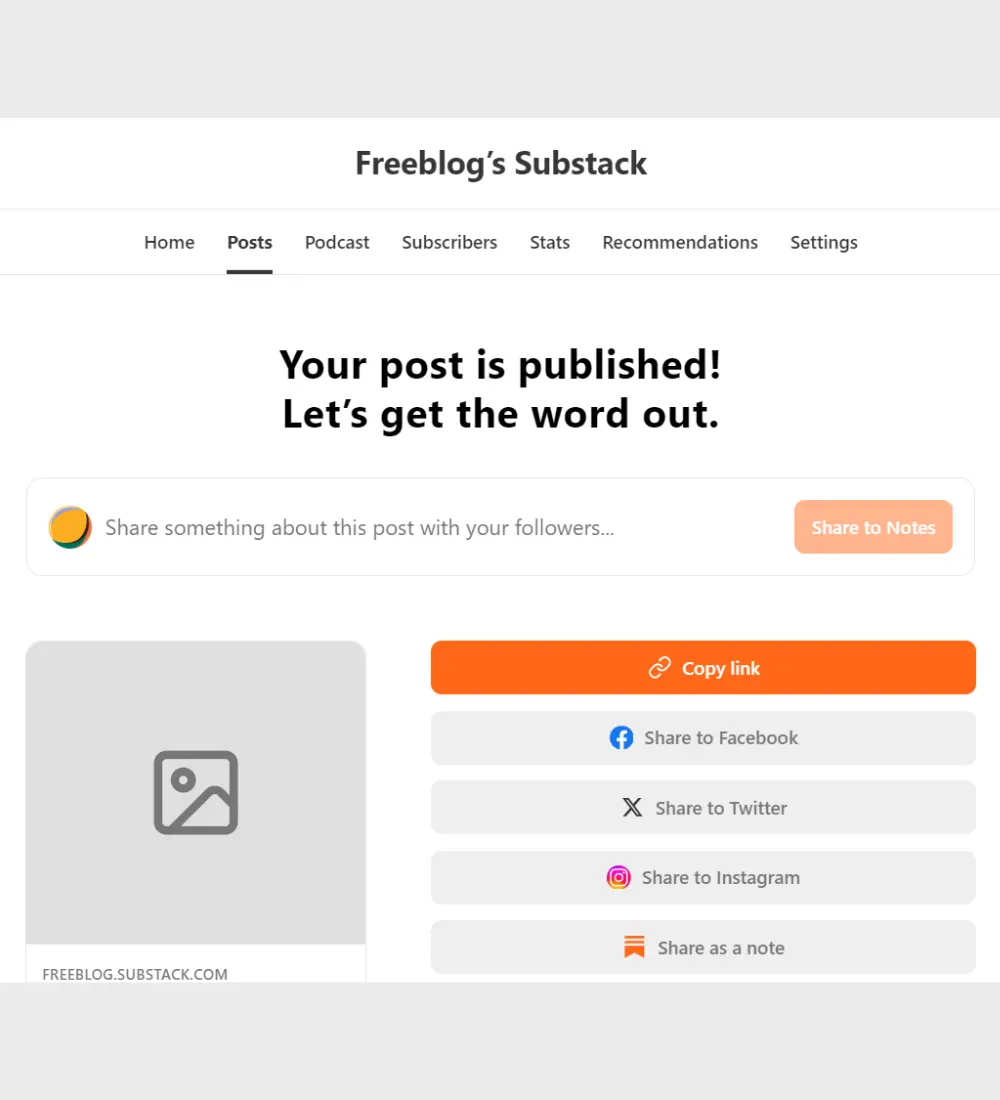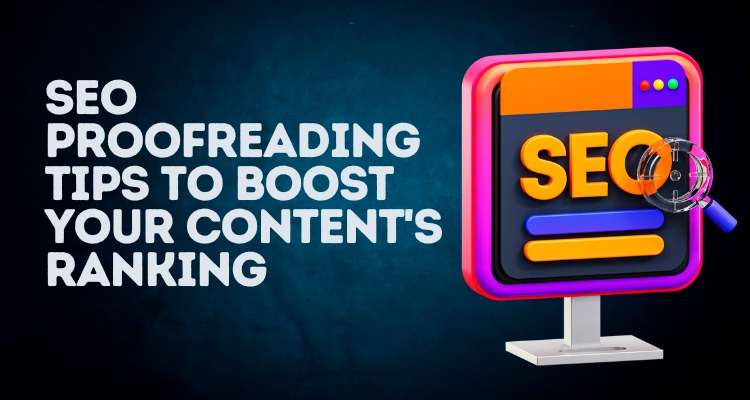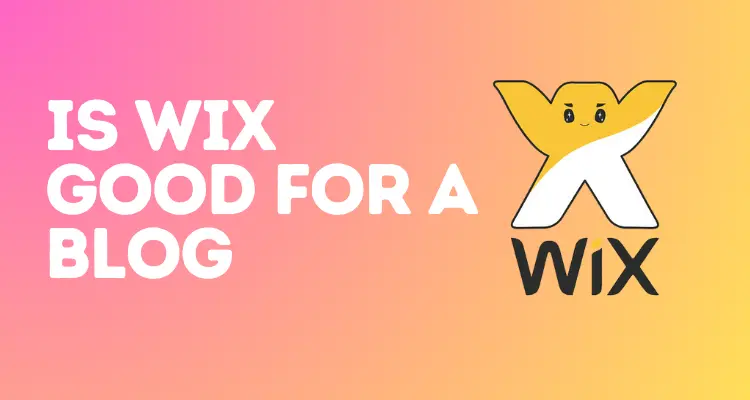Is Substack good for blogging? Let’s find out.
If you have ever wondered which platform is best for starting a blog and are considering Substack, you should consider a few things to determine whether you should proceed.
Substack is quickly becoming a favorite in the blogging world. It’s not just another platform; it’s a unique mix of a newsletter service and a blogging tool. Substack offers something fresh, whether you’re a seasoned blogger or just starting.
In this article, we’ll explore if Substack is a good option for blogging. We’ll dive into its features, benefits, and even a few drawbacks. By the end, you’ll know if it’s the right fit for you.
Is Substack Good for Blogging? – Let’s See
What is Substack?
Substack was founded in 2017 to help writers publish newsletters and connect directly with readers. Since then, it has grown fast, attracting both popular writers and new voices.
Core Features:
- Newsletter format: Substack centers around newsletters, letting writers share content directly with their subscribers.
- Subscription-based model: Readers can subscribe for free or pay for exclusive content.
- Built-in monetization options: Writers can earn money easily through paid subscriptions.
- Ease of use: It’s simple to set up and start writing without needing technical skills.
Comparison with Traditional Blogging Platforms:
Traditional platforms like WordPress and Medium offer broad customization and community features. However, Substack differs in that it focuses on direct reader relationships and monetization. Unlike WordPress, where you manage hosting and design, or Medium, which relies on algorithm-based discovery, Substack allows you to build a subscriber base that you control.
Advantages and Disadvantages
Advantages of Using Substack
- Monetization: One of Substack’s biggest draws is direct earnings. Writers can charge for subscriptions, allowing them to make money directly from their readers.
- Audience Building: Substack leverages the power of email newsletters. This helps build a loyal readership. Subscribers get content straight to their inbox, which feels more personal.
- Simplicity: There’s no need for any technical setup. Substack handles all the backend work, from hosting to sending emails.
- Focus on Content: Writers can spend more time creating and less time managing a blog. Substack removes distractions like design tweaks or plugin updates.
Disadvantages of Using Substack
- Limited Design Customization: Substack doesn’t offer much in terms of design flexibility. Unlike WordPress or other platforms, you can’t heavily customize the look of your blog.
- Platform Dependency: There are risks in building an audience on a third-party platform. If Substack changes its policies or faces issues, your blog could be affected.
- Content Ownership and Portability: Moving your content from Substack to another platform can be challenging. You may face hurdles in exporting and setting up elsewhere.
Who Should Consider Using Substack?
Niche Writers and Experts
Substack is great for niche writers who know their audience well. If you create content on specific topics, like vegan cooking or digital marketing, Substack helps you connect directly with readers interested in your niche.
Independent Journalists and Writers
For independent journalists and writers, Substack offers freedom. It allows you to publish on your own terms without needing a large media company. Plus, you can monetize your work through subscriptions, keeping all the profits.
Bloggers Looking to Monetize
Substack can be a better option for bloggers aiming to earn directly from their audience. Instead of relying on ads or sponsored posts, you earn from your readers through paid subscriptions.
Writers Who Value Simplicity
If you prefer writing over managing a website, Substack is perfect. You don’t need to worry about hosting, plugins, or design. Substack’s straightforward setup lets you focus on what matters most: your content.

